Nature doesn’t ask for permission—it just creates.
And sometimes, what it creates looks like something out of a sci-fi movie. We’re talking real-life animal hybrids, born not in test tubes, but in the wild. No lab coats. No mad scientists. Just two very different species meeting… and making something jaw-droppingly unexpected.
From mysterious wolf-coyotes roaming across states, to rare feline fusions that baffle experts, these creatures weren’t supposed to happen—but they did.
And they’re thriving.
Here are 14 naturally occurring hybrid animals that prove Mother Nature loves to break her own rules.
Liger

The liger, a blend of a male lion and a female tiger, is a monumental presence. With the lion’s mane and the tiger’s stripes, it’s a sight to behold. Often larger than both parents, the liger’s size is awe-inspiring. Despite its imposing stature, the liger is known for its gentle demeanor. In the wild, these hybrids are rare, mainly existing in captivity. The liger symbolizes the complex wonders of the natural world. Did you know? A liger named Hercules holds the record as the world’s largest cat, weighing over 900 pounds.
Zonkey
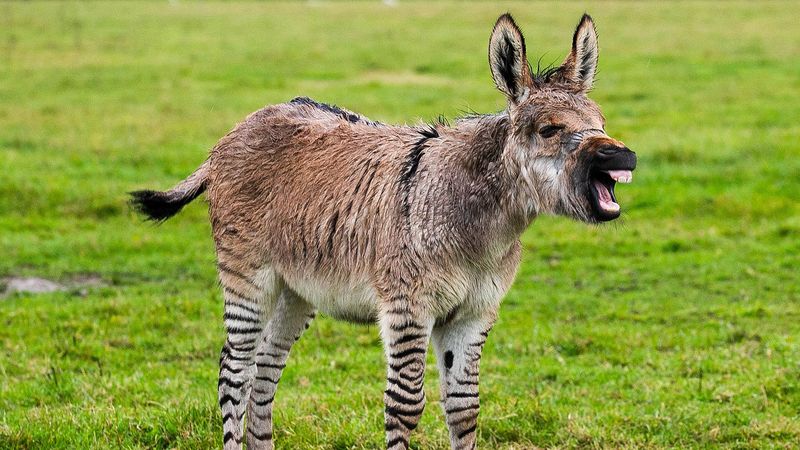
Meet the zonkey, a delightful mix of zebra and donkey. This hybrid boasts the zebra’s iconic stripes and the donkey’s sturdy build. Found occasionally in the wild, zonkeys inherit unique traits from both parents. Their playful nature and striking appearance make them a favorite. Though rare, they sometimes occur in overlapping habitats of zebras and donkeys. Zonkeys are more than just a visual wonder; they represent nature’s unpredictability. Fun fact: Zonkeys, like zebras, can vary in stripe patterns, making each one unique in its own right.
Grolar Bear
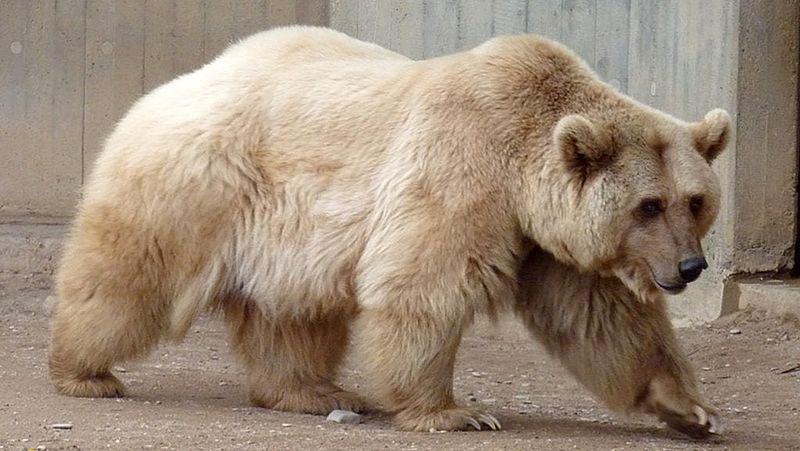
The grolar bear, or pizzly bear, is a fascinating blend of polar and grizzly bears. This hybrid occurs naturally in regions where their habitats overlap. With the polar bear’s thick fur and the grizzly’s robust build, they adapt well to changing climates. Grolar bears are a testament to nature’s adaptability. Their existence highlights the effects of climate change, as polar bears venture further south. The grolar bear’s unique characteristics make it an emblem of resilience. An interesting tidbit: These hybrids are called “pizzlies” when the mother is a polar bear.
Coywolf
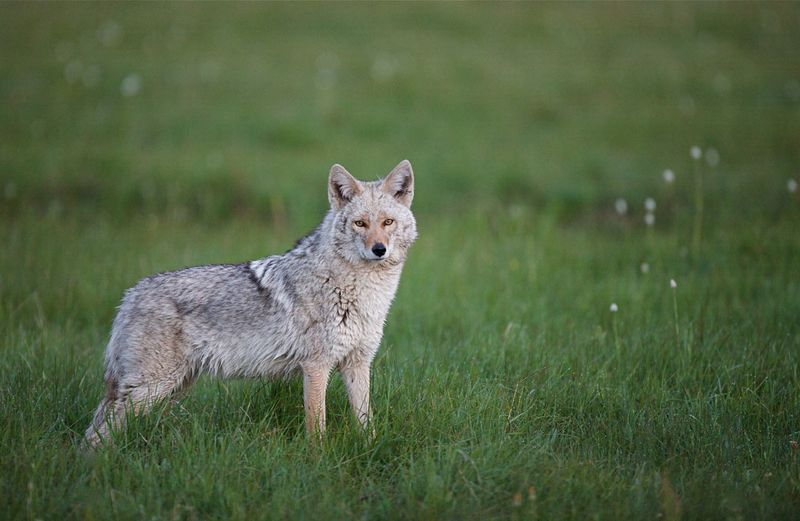
The coywolf is an intriguing hybrid of coyote and wolf, thriving in North American forests. With the coyote’s agility and the wolf’s strength, the coywolf is a versatile predator. This hybrid has adapted to urban environments, showcasing remarkable survival skills. Its striking appearance and keen instincts make it a master of adaptation. Coywolves are increasingly common, reflecting ecological changes. Despite their mixed heritage, coywolves exhibit remarkable intelligence and resourcefulness. Did you know? Coywolves can thrive in cityscapes, illustrating their incredible adaptability.
Wholphin
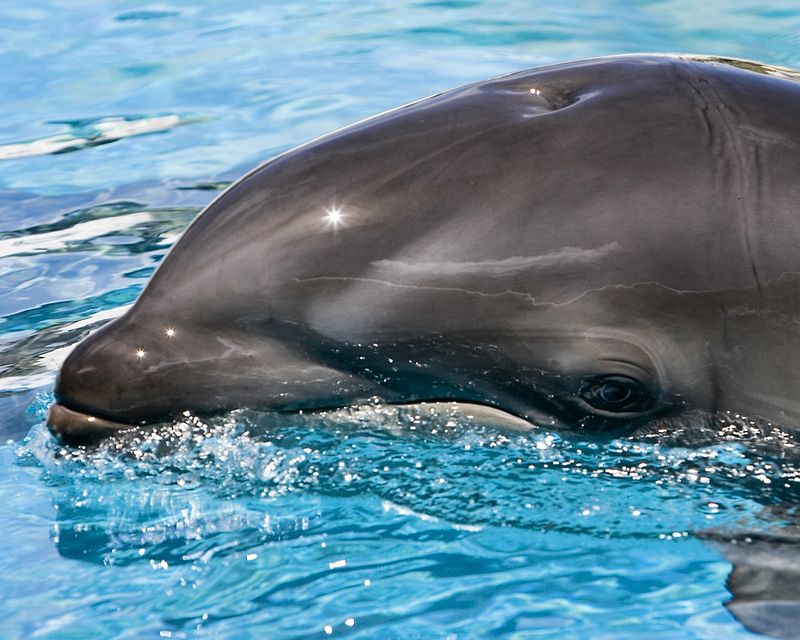
The wholphin, a rare blend of false killer whale and bottlenose dolphin, is a marvel of marine life. This hybrid inherits the whale’s size and the dolphin’s playful demeanor. Wholphins are found in warm ocean waters, captivating onlookers with their unique features. They symbolize the wonders of the ocean and its diverse inhabitants. Wholphins are a rare sight, primarily documented in captivity. An interesting fact: The wholphin’s skin color is a perfect mix of its parents, making it uniquely beautiful. Their existence underscores nature’s boundless creativity.
Cama
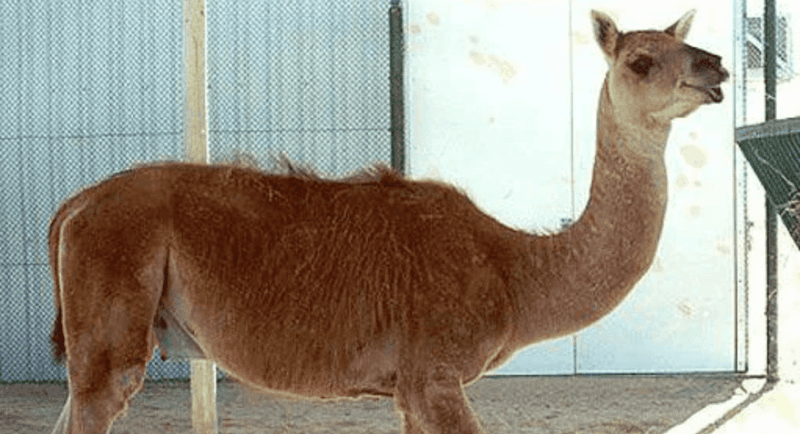
The cama, a cross between a camel and a llama, is a unique desert dweller. This hybrid combines the camel’s endurance with the llama’s manageable size. Camas are bred for their wool and adaptability to harsh climates. Their curious nature and impressive features make them intriguing. Though not commonly found in the wild, camas represent a successful blend of two species. The cama’s existence highlights the potential for hybrid vigor. Fun fact: Camas are often bred to produce more wool and withstand temperature extremes, showcasing selective breeding benefits.
Leopon
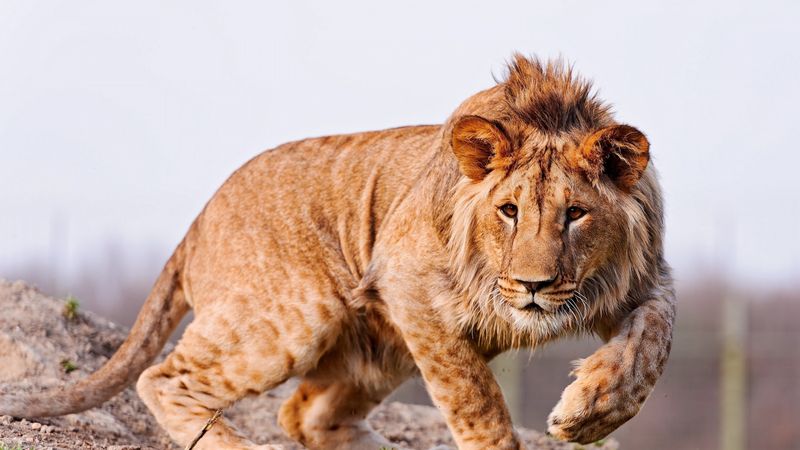
The leopon, a hybrid of leopard and lion, is a majestic creature. With a lion’s powerful frame and leopard’s distinctive spots, it captivates observers. Leopons are rare, primarily found in captivity, but they embody the grace and power of both parents. Their unique appearance and rarity make them a subject of fascination. In natural settings, leopons may not thrive as well due to differing parental habitats. The leopon’s existence is a testament to nature’s ability to blend strength and beauty. A leopon’s allure lies in its strikingly unusual appearance.
Beefalo
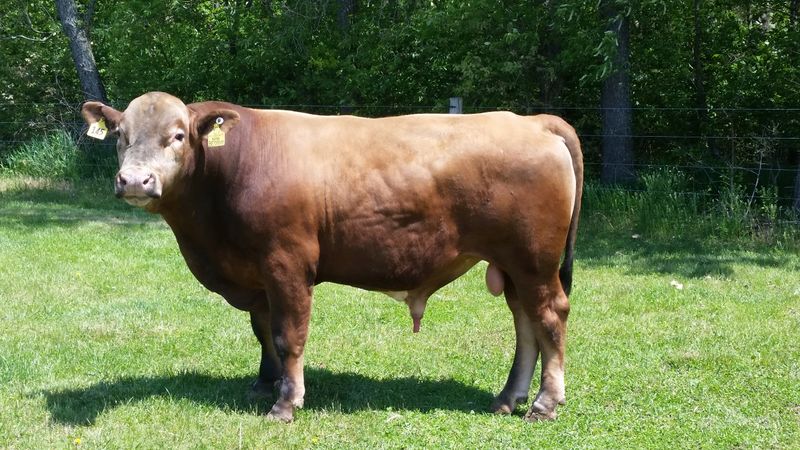
The beefalo is a robust hybrid of bison and domestic cattle, known for its meat quality and hardiness. This hybrid combines bison’s strength with cattle’s docile nature. Beefalos are bred for their resilience and improved meat characteristics. Their presence on farms reflects a blend of tradition and innovation. While they naturally occur, beefalos are often cultivated for agricultural purposes. A quirky fact: Beefalo meat is leaner and lower in cholesterol than regular beef, making it a healthier choice. The beefalo stands as a symbol of agricultural ingenuity.
Dzo
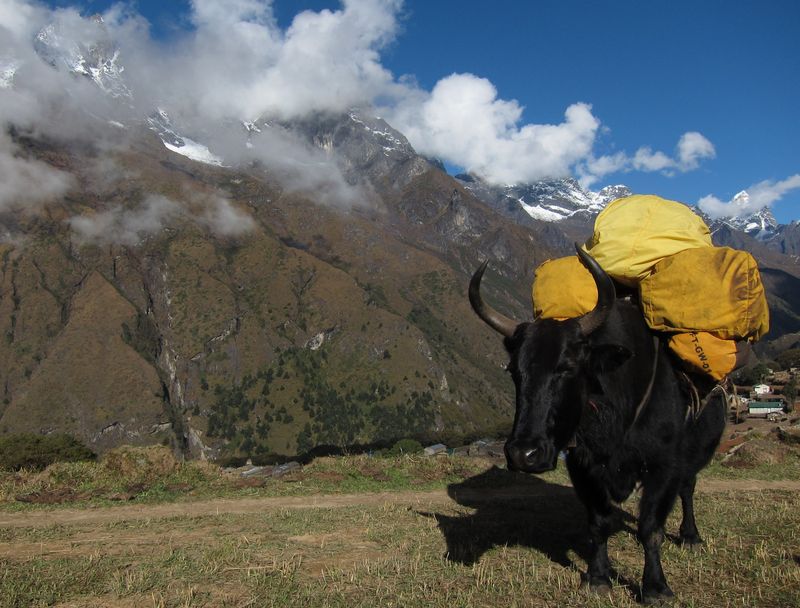
The dzo, a cross between a yak and domestic cattle, thrives in the high altitudes of the Himalayas. This hybrid combines the yak’s resilience with cattle’s versatility. Dzohs, as they’re also known, are valued for their strength and milk production. These hybrids are a vital part of mountain agriculture, supporting local communities. With their impressive adaptability, dzos are well-suited for harsh climates. An interesting note: Dzohs are often more productive than either parent, showcasing hybrid vigor. Their existence highlights the symbiotic relationship between nature and human needs.
Narluga
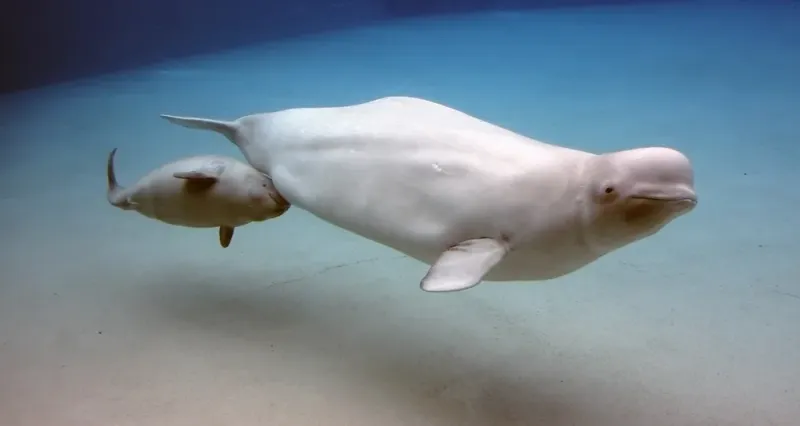
Narlugas are a rare marine hybrid, the result of a union between a narwhal and a beluga whale. This fascinating creature combines the narwhal’s iconic tusk with the beluga’s playful demeanor. Found in Arctic waters, narlugas are an extraordinary sight. Their existence provides valuable insights into marine biodiversity. These hybrids symbolize the delicate balance within ocean ecosystems. Although rare, narlugas are a testament to the versatility of marine life. Did you know? Narlugas can have varying tusk lengths, depending on their narwhal ancestry, making each one unique.
Blynx

The blynx, a fascinating hybrid of a bobcat and a lynx, roams the forests of North America. This elusive creature possesses the lynx’s tufted ears and the bobcat’s muscular build. Adapted to various terrains, blynxes are adept hunters with keen senses. Their unique appearance and behavior make them intriguing subjects for study. Although rare, blynxes showcase the diversity of the cat family. Fun fact: Blynxes can vary greatly in coat pattern, reflecting their mixed heritage. Their existence underscores the adaptability and evolutionary potential of felines.
Geep
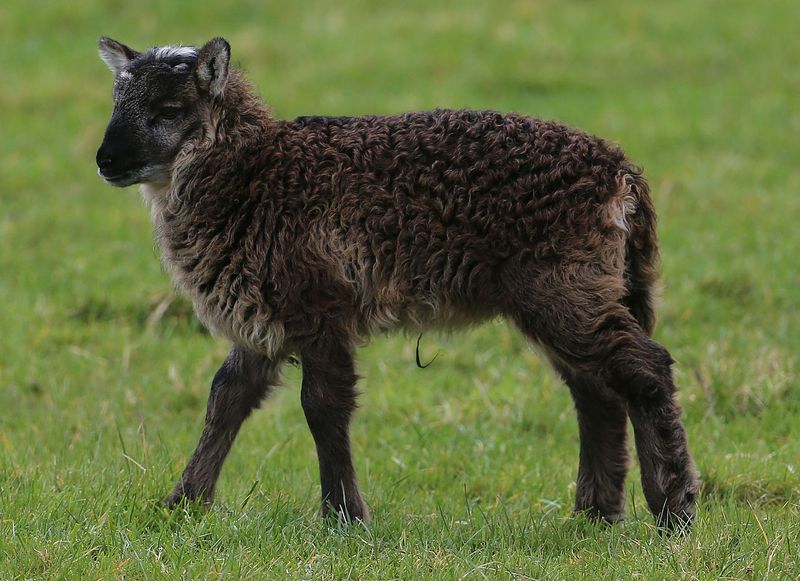
The geep, a charming hybrid of goat and sheep, captures hearts with its unique blend of traits. With a goat’s agility and a sheep’s woolly coat, geeps are a whimsical sight. These hybrids are a rare occurrence and are typically born through chance rather than design. Geep’s playful demeanor and distinct features make them a delightful presence. Despite their rarity, geeps symbolize the potential for genetic diversity. Did you know? Geeps often retain the goat’s climbing ability, making them adept at navigating varied landscapes.
Savannah Cat
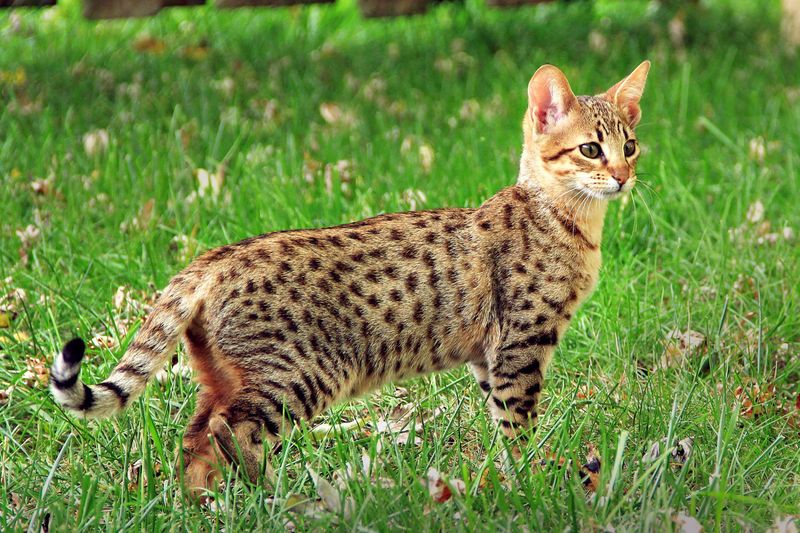
The savannah cat, a captivating blend of a serval and a domestic cat, is a marvel of the feline world. With the serval’s wild elegance and the domestic cat’s friendly nature, it captivates fanciers. Savannah cats are known for their striking spotted coats and graceful movements. Their unique lineage allows them to thrive in both domestic and wild settings. This hybrid’s allure lies in its exotic appearance and playful behavior. An interesting tidbit: Savannah cats are known for their loyalty, often forming strong bonds with their human companions.
Hinny

The hinny, a unique equine hybrid, results from a female donkey and a male horse. This rare combination yields a creature with a donkey’s sturdy build and a horse’s grace. Hinnies are known for their calm disposition and sure-footedness. While they share similarities with mules, their distinct genetic makeup sets them apart. Hinnies symbolize harmony and balance, reflecting their dual heritage. Despite being less common than mules, hinnies are valued for their unique attributes. Fun fact: Hinnies often have a slightly woollier coat than mules, showcasing genetic variety.

